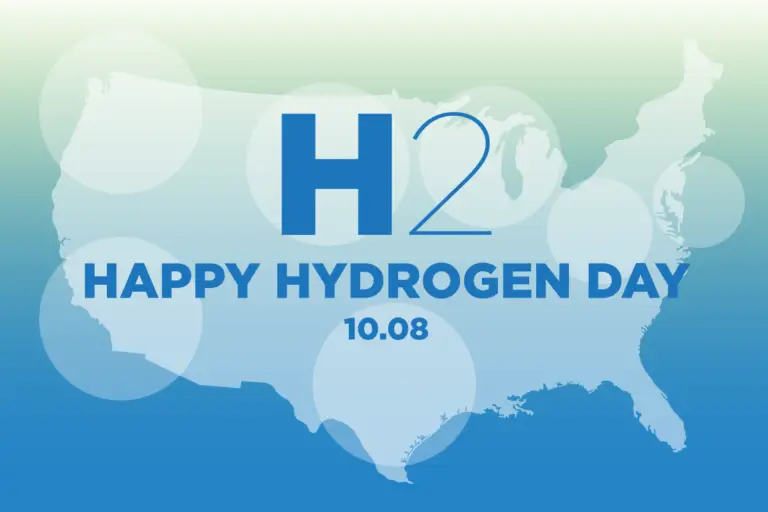Blog: Dispelling Three Myths About Green Hydrogen

Since receiving our Phase 1 Award designation from the U.S. Department of Energy in July, we’ve been full speed ahead on the initial planning, permitting, analysis, design and community and labor engagement activities for our Hub alongside our partners.
The Pacific Northwest Hydrogen Association’s vision is to leverage our region’s renewable resources to focus on the hardest-to-electrify sectors. Our projects will produce electrolytic, or green hydrogen from the region’s abundant and growing renewable electricity and non-stressed water sources – bringing environmentally responsible and sustainable solutions to market.
In celebration of National Hydrogen and Fuel Cell Day (October 8), we’re delving into some of the most common misconceptions about green hydrogen.
MYTH: Hydrogen Isn’t Safe
Private industry and government agencies have safely produced and used hydrogen for decades and have developed robust standards for hydrogen system safety. Approximately 10 million tons of hydrogen are produced annually in the United States to make products like gasoline, silicon chips and food products like peanut butter.
Hydrogen is a unique element that has a number of properties which make it safer to handle and use than other common fuels like gasoline, natural gas and diesel. Unlike conventional fuels, hydrogen is non-toxic and lighter than air, meaning it disperses rapidly, which greatly reduces the risk of ignition at ground level.
Safety is paramount within the PNWH2 Hub – and it’s a requirement of using federal funds. As an industry, we have experience with how to handle, store, move and use hydrogen safely and will ensure that is implemented across our projects. Our Hub’s hydrogen will be stored at production and use sites using industry standard technologies, building on the decades of experience in handling hydrogen by our team members. We also plan to engage with first responders, K-12 schools, higher education, community organizations and tribal governments on a variety of programs, including hydrogen safety awareness and training.
MYTH: Hydrogen Production Will Tax Our Water Systems
Around 18 kilograms, or a little less than 5 gallons of water is needed to produce one kilogram of hydrogen. Producing green hydrogen via electrolysis requires additional water for cooling and maintenance. The good news is that electrolyzers – which is the type of technology that will be used to produce hydrogen in our Hub – can use recycled water from wastewater treatment plants or desalinated seawater hydrogen, reducing the need for freshwater.
For perspective, hydrogen is not the only energy resource that uses water. It takes a lot of water to produce gasoline, too – moving a vehicle using gasoline actually takes more water than moving a vehicle using hydrogen.
The entire PNWH2 Hub would use roughly 3 Olympic swimming pools’ worth of water a day, which is about the same as 200 acres of typical irrigated farmland in the Pacific Northwest region. So, while it’s significant water use, it’s not inconsistent with other existing uses. Each project in the Hub is working to secure water rights and will comply with relevant regulations on water use.
MYTH: Hydrogen is Inefficient to Produce
While it does take significant energy inputs to produce green hydrogen, the PNWH2 Hub will take advantage of the abundant renewable energy in the Pacific Northwest to power our projects. Importantly, the PNWH2 Hub is focused on producing green hydrogen for some of our nation’s most carbon-intensive industries like maritime shipping and long-haul transportation systems.
As a fuel source, one kilogram of hydrogen contains about the same energy as a gallon of diesel fuel, but goes much further because fuel cells are more efficient than combustion engines. Thus, a major benefit of green hydrogen is that it can reduce emissions from industries that are difficult and expensive to electrify, which is a much more efficient end-use of hydrogen than simply turning it back into electricity to power our grids.
We expect that the growth in hydrogen production and use will be accompanied by growth in new renewable capacity and transmission systems across the region. Our projects are working closely with renewable electricity project developers to ensure a stable, growing supply of clean energy is available to meet hydrogen production needs.